George R. R. Martin's A Song of Ice and Fire and its television adaptation Game of Thrones has become notorious for its complex political machinations, memorable characters, and truly unpredictable plot twists. Martin has made no secret of his liberal borrowing from various parts of European culture and history in the construction of Westeros and his stories. But what many might be surprised is that many elements of the series actually have counterparts in Chinese history. And in most cases, these real-life versions are more shocking, brutal, and bloody than anything Martin has yet to put on the page.
乔治·R·R·马丁的小说《冰与火之歌》及其改编版美剧《权力的游戏》凭借错综复杂的政治阴谋,令人印象深刻的角色刻画和出其不意的曲折情节而备受关注。马丁自爆,塑造维斯特洛背景和故事时,从欧洲多地的文化和历史中借鉴颇丰。但实际上,《冰与火之歌》系列与中国历史雷同之处颇多,这让很多人感到惊讶。而且,中国史实比马丁书中的描述更令人震惊,更血腥残忍。中国历史与《权力的游戏》相比,简直是有过之而无不及。
10.The Wall
10.绝境长城
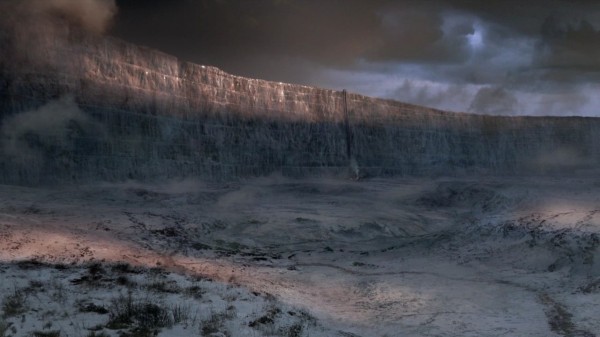
Let's kick off this list with one of the most recognizable and memorable pieces of ASOIAF lore: the Wall. 700+ feet high and 300 miles long, the Wall is a gigantic barrier of ice that separates the Seven Kingdoms from the peoples and creatures who live in the frozen North. The Wall is manned by the Sworn Brothers of the Night's Watch, a military order stretching back for thousands of years composed of men from each of the Seven Kingdoms, who occupy nineteen fortresses along its length.
此榜单以《冰与火之歌》传说中最为人所熟知和令人难忘的绝境长城开篇。绝境长城是横亘于七大王国和严寒北境间的冰障,高700英尺许,绵延300英里,将北境的人民、生灵与七大王国隔离。长城由守夜人军团看守。他们来自七大王国,是一支拥有上千年历史的军团,守护长城边塞的19个要塞堡垒。
Chinese Counterpart: The Great Wall of China
对应中国版:中国万里长城
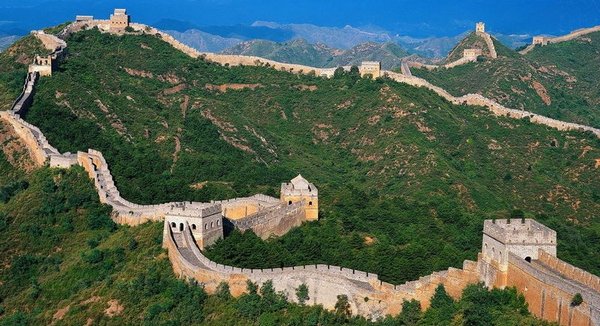
Martin has reported that the inspiration for the Wall was Hadrian's Wall, a 118-km-long wall built on the northernmost border of the Roman province of Britannia. But both Hadrian's Wall and the Wall itself are dwarfed by the awesome size and scale of what is colloquially known as the Great Wall of China. Stretching a mind-blowing 20,000 kilometers (approximately 12,427 miles), the Great Wall is actually a series of different walls, interconnected fortresses, and watch towers. The Great Wall was constructed in different phases for almost 2,000 years, beginning in the 3rd century BCE under the orders of Qin Shi Huang, the legendary first Emperor of China, and ending in 1644 when the very invaders that it was built to defend against overwhelmed it and conquered China, thereby establishing the Qing Dynasty. Its length and magnitude are all the more impressive when you consider that, unlike the Wall from ASOIAF, it wasn't built with the aid of magic.
马丁自称,长城的灵感来源于哈德良长城。哈德良长城长118千米,地处罗马时期最北端的大不列颠。但无论是哈德良长城,还是《冰与火之歌》中的长城,与气势恢宏,规模巨大的中国万里长城相比,均会相形见绌。万里长城绵延两万千米,令人称奇。它其实是不同城墙相连,把堡垒和瞭望塔连为一体。万里长城修建于不同时期,公元前3世纪,中国首位传奇皇帝秦始皇一声令下,万里长城开始修筑;1644年,长城主要用来抵御外敌入侵,但正是这些外敌征服中国,建立清王朝统治,修筑长城工作结束。修建万里长城历时约2000年。与《冰与火之歌》中的长城不同,万里长城不是依靠魔法筑成的。一想到它的绵亘蜿蜒和重要性时,就会感到更加惊叹。
9.The Targaryen War of Conquest
9.坦格利安征服之战
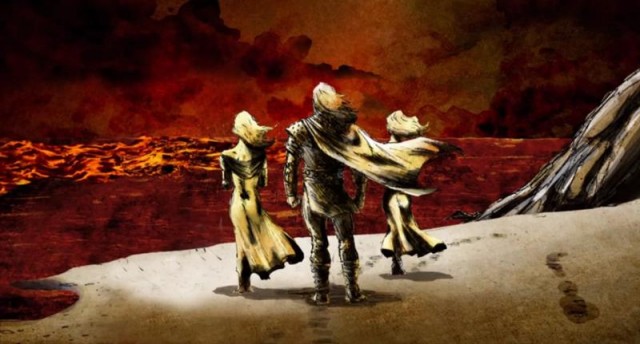
One of the defining moments in the history of Westeros was its conquest at the hands of Aegon the Conqueror and his sister-wives Visenya and Rhaenys from 2BC to 1AC. Armed with three dragons, House Targaryen managed to conquer and unite six of the Seven Kingdoms under his rule. One of the most notable parts of the War of Conquest was that House Targaryen were outsiders in Westeros. Ruling over the island-fortress of Dragonstone, the Targaryens were not of Westerosi heritage but of Valyrian. So the ultimate narrative of the War of Conquest can be summarized as such: with the aid of animal super-weapons, a group of outsiders conquered their divided neighbors to create a single kingdom.
公元前2世纪到公元1世纪,是维斯特洛历史上的重要时期。这段时期,征服者伊耿和他的两个妹妻维桑尼亚与雷妮丝开始征服世界。凭借三条龙,塔格利安家族成功征服六大王国,最终统领七大王国。值得一提的是,征服之战中的塔格利安属于维斯特洛的外来者。塔格利安家族统管龙石岛堡垒,但他们不是维斯特洛的后裔,而是瓦雷利亚传人。所以,这场征服之战可概括为:一群外来者,依靠龙这一超级武器,战胜分崩离析的邻邦,建立起统一帝国。
Chinese Counterpart: The Qin Conquest of China
对应中国版:秦始皇一统天下
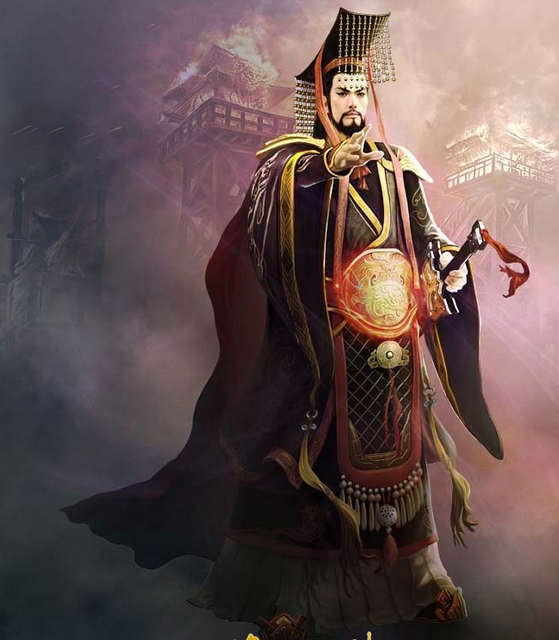
During the Zhou Dynasty (1045-221 BCE), the centralized rule of the state of Zhou deteriorated over the centuries to the point where China was divided into seven smaller states that paid the Zhou lip service as their rulers while in effect they were locked into a period of near-constant warfare for supremacy. That is, until one of the states known as the Qin managed to conquer all six of their neighbors. The Qin were "a buffer state between the civilisation in the northern plain of China and the nomads to the north-west… at first regarded by the Chinese at the centre as semi-barbarian…took no part in the occasional conferences held by the Six." But it's not just significant that, like the Targaryens, they were outsiders who conquered six rival kingdoms. Additionally, they were able to overwhelm their enemies thanks to a weapon that was practically unheard of among the peoples of China: riders on horseback.
周朝时(公元前1045年—公元前221年),中央集权统治力量世代衰败,分裂为七个小国,各国首领为争夺霸权,频繁开战,中国进入战乱时期,周朝的统治名存实亡。直到秦国击败六国,实现统一。秦国原是"中国北部平原文明和西北游牧民族冲突的缓冲地……秦国在朝廷眼中起先只是半开化之地……秦国无权参与六国会议"。跟塔格利安家族一样,秦国也是以外来者身份战胜六强,但这还不是最重要的。最重要的是,秦国击败敌人全靠中国史无前例的武器——马背上的骑士。
8.The Perpetual Warfare between the Free Cities of Essos
8.埃索自由城间的不息战争
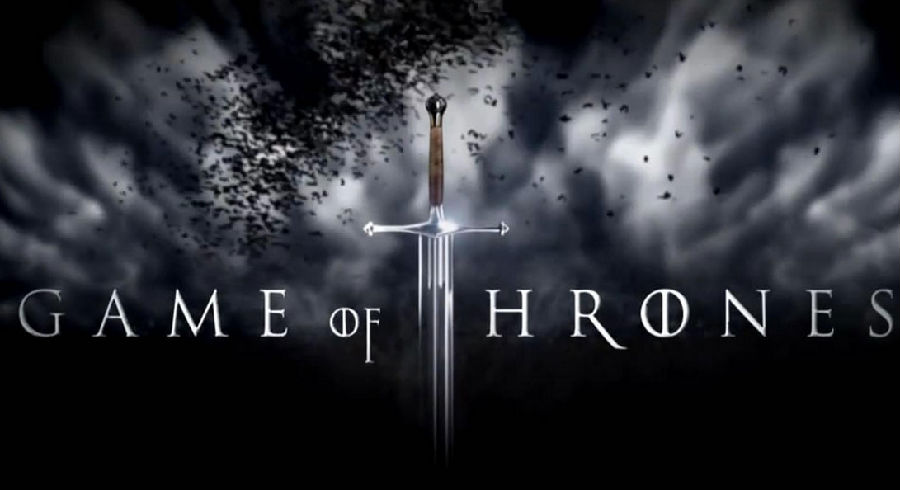
The Nine Free Cities are the central hubs of geopolitical power on Essos, the continent to the east of Westeros. Eight were former colonies of Valyria that had been given the right of self-rule while the ninth, Braavos, was secretly founded by groups of escaped slaves. Though they share many similarities, each Free City has developed their own cultural practices and identities. As such, they have been locked in near constant warfare with each other in some shape or form for centuries after the Doom of Valyria in 102BC.
埃索位于维斯特洛东部,九座自由之城是其地缘政治的中心枢纽。这其中八个是原先瓦雷利亚的殖民地,但他们被赋予自治的权利。第九个自由城则是被一些逃走的奴隶秘密建立的布拉佛斯城。尽管他们之间有相似之处,但每座城也发展形成了自己的文化习俗和特性。同样地,在公元前102年瓦雷利亚末日浩劫后,九座自由之城之间也开始了长达数个世纪的大大小小的战争。
Chinese Counterpart: Multiple Eras of Instability
对应中国版:乱世
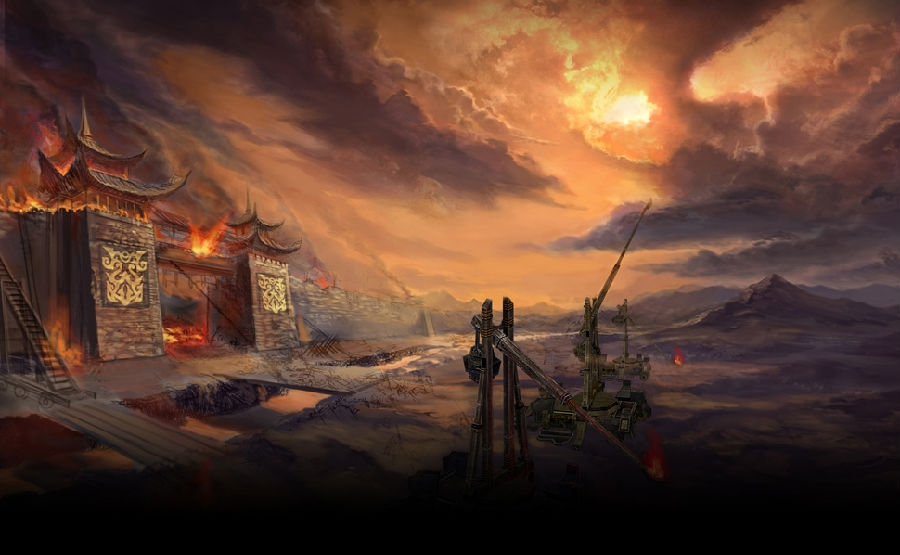
There were several periods of ancient Chinese history when the disintegration of the centralized state due to political instability, peasant uprisings, or dynastic shifts led to the dissolution of the empire into multiple competing kingdoms. If we associate the destruction of the dynastic model with the Doom of Valyria, then the associated kingdoms that sprang up in its wake can easily be seen as the equivalent of the Free Cities of Essos. One of the most notable examples of this dynamic was the Warring States Period (476-221 BCE) when the downfall of the Zhou Dynasty created a power vacuum that was filled by the establishment of ten smaller fiefdoms which evolved into full-fledged states boasting significant military power. These kingdoms spent hundreds of years battling for supremacy before they were united once again by the brutal conquest of the state of Qin which led to the founding of the Qin Dynasty. Another example was the Three Kingdoms era (220–280 CE) when the states of Wei, Shu, and Wu arose from the ashes of the Han Dynasty and waged sixty years of war that left an astonishing 34 million people dead.
中国古代史中有几段时期中央集权处于瓦解状态,这是由于政局不稳,农民起义或是王朝更替使地方势力割据等原因导致的。如果我们把王朝的灭亡与瓦雷利亚末日浩劫联想在一起,那么显而易见,之后涌现的各种地方力量就可以和埃索的九座自由之城联系起来。最著名的例子当属战国时期(公元前476年-公元前221年),由于周王朝的衰落,王权旁落分散到了十个拥兵自重,其势已成的诸侯王手中。这些诸侯国为霸权争斗了数百年,最终尽被强秦所灭,秦王朝就此建立。另一个例子,三国时期(公元220-公元280)魏、蜀、吴在纷乱的东汉末年崛起,并陷入了长达60年的战争中,而这场战争造成了3400万人死亡,多么惊人的一个数字。
7.The Faith Militant Uprising
7.教团武装起事

Sparked after many long years of royal abuse, the Faith of the Seven revolted against the Iron Throne in 41 AC, sparking a cataclysmic period of unrest known as the Faith Militant uprising. The resulting conflict left countless dead and was countered by King Maegor I Targaryen with such brutality (at one point he bestowed cash rewards on anyone who brought the head of an enemy combatant) that he was forever referred to as Maegor the Cruel. The Uprising was finally ended when King Jaehaerys I Targaryen offered complete amnesty for rebel fighters in exchange for the disbanding of the Faith Militant.
在被铁王座压迫统治了相当长的一段时间后,公元41年,信仰七神的教会起义反叛,对抗铁王座的统治,那一段动荡不安的烽火岁月就是著名的教团武装起事。这次冲突的结果就是无数生灵涂炭,最后被国王梅葛·坦格利安一世残酷无情地镇压(有一次在战斗中,梅葛用重金许给能斩敌首级的士兵),而他因此也获得了一个永久的称号"残酷的梅葛"。后来杰赫里斯一世同意赦免所有的叛军,条件是七神的部队全部解散,这场起义才彻底结束。
Chinese Counterpart: Daoist Secret Society Uprisings
对应中国版:黄巾军起义
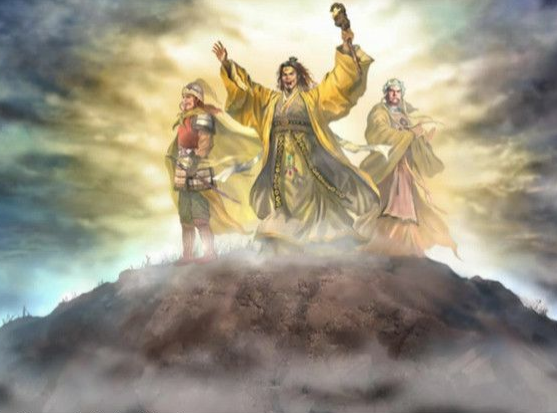
During the Han Dynasty (206 BCE – 220 CE) secret Daoist societies sparked peasant uprisings during times of political instability. Two of the most prominent were the Red Eyebrows and the Yellow Turbans. The Red Eyebrows succeeded in 18 CE in ousting the Emperor Wang Mang, but they failed to enact any lasting change as political power was quickly seized by other members of the former imperial family. The Yellow Turbans were a group of faith-healers who in 184 CE managed to shake the foundations of China so greatly that, while the Han Dynasty was eventually able to regain control over the empire, it was doomed to collapse in a few decades to army generals who used their forces to establish the Three Kingdoms. (G.B. 72) Like the Faith Militant Uprising, both of these faith-based real-life peasant uprisings were eventually put down by the very imperial families they sought to depose.
汉朝(公元前206年-公元220年),由于时局不稳,人心思变,打着道教旗号的农民起义数次爆发。最著名的两次当属"赤眉之乱"和"黄巾之乱"。"赤眉军"成功于公元18年推翻了王莽的统治,但是他们并未制定长久的方针,以至于很快大权旁落,朝廷落入前皇室的掌控。黄巾军公元184年发动了号称"苍天已死,黄天当立。岁在甲子,天下大吉"的大规模起义,企图推翻汉朝的统治。朝廷最终镇压了起义,但是大厦将倾之势早已注定,随后的数十年里,形成了三国鼎立的格局。就像教团武装起事那样,他们都是对动荡的时局不满,于是爆发起义,最终都被他们想要推翻的帝王家族所镇压。
6.Robert Baratheon
6.劳勃·拜拉席恩

The next few entries are going to focus on individual characters from ASOIAF who have disturbingly accurate parallels in Chinese history. We'll begin with Robert Baratheon, the man responsible for the rebellion which deposed House Targaryen from the Iron Throne. After securing the throne for himself, he quickly proved himself to be an ineffective king by squandering the realm's finances, siring multiple bastards with possible claims to the Iron Throne, and generally letting the kingdom begin to fall into disrepair.
我们将从劳勃·拜拉席恩开始说起,他是把坦格利安家族从铁王座上拉下来的主要叛乱者。当政权稳定后,他很快便证明了自己是个多么没用的国王,滥用政权,挥霍财政经费,私生活糜烂,私生子众多,渐渐地王权亦趋于毁灭。
Chinese Counterpart: Emperor Wenxuan of Northern Qi
对应中国版:北齐文宣帝
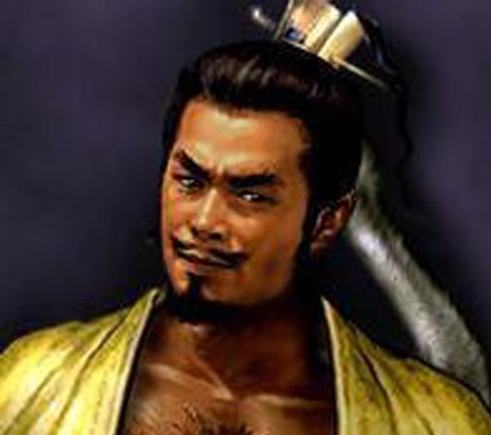
Robert Baratheon's contempt for the business of ruling as king and his great fondness of alcohol was matched, if not surpassed, by Emperor Wenxuan of Northern Qi. Though a formidable and brilliant military commander who succeeded in establishing the Northern Qi Dynasty, he soon plunged into alcoholism and became a cruel and ineffective leader. The great Chinese historian Sima Guang wrote that he "drank heavily and lived immorally, carrying out cruel and barbarous acts at his own whim. Sometimes he sang and danced day and night…Sometimes when it was warm, he would be naked to bask in the sun, but even in the coldest winter, he would strip naked as well and run around." He died of alcoholism in 559 CE.
劳勃·拜拉席恩疏于政务以及嗜酒的行为与北齐文宣帝如出一辙。文宣帝原是一名彪悍有才干的将军,他成功建立了北齐王朝,但是很快他就坠入酒乡,成为了一个无能的暴君。伟大的中国史学家司马光这样写道:"他酗酒,品行不端,常常一时兴起就采取一些暴虐行为。有时候他昼夜不停地唱歌跳舞,天气暖和的时候,他会赤身裸体地晒太阳。但是即使在最冷的冬天,他也会裸着身体到处跑。"公元559年,他因纵酒过度而暴毙。
翻译:小飞侠8+7 来源:前十网












